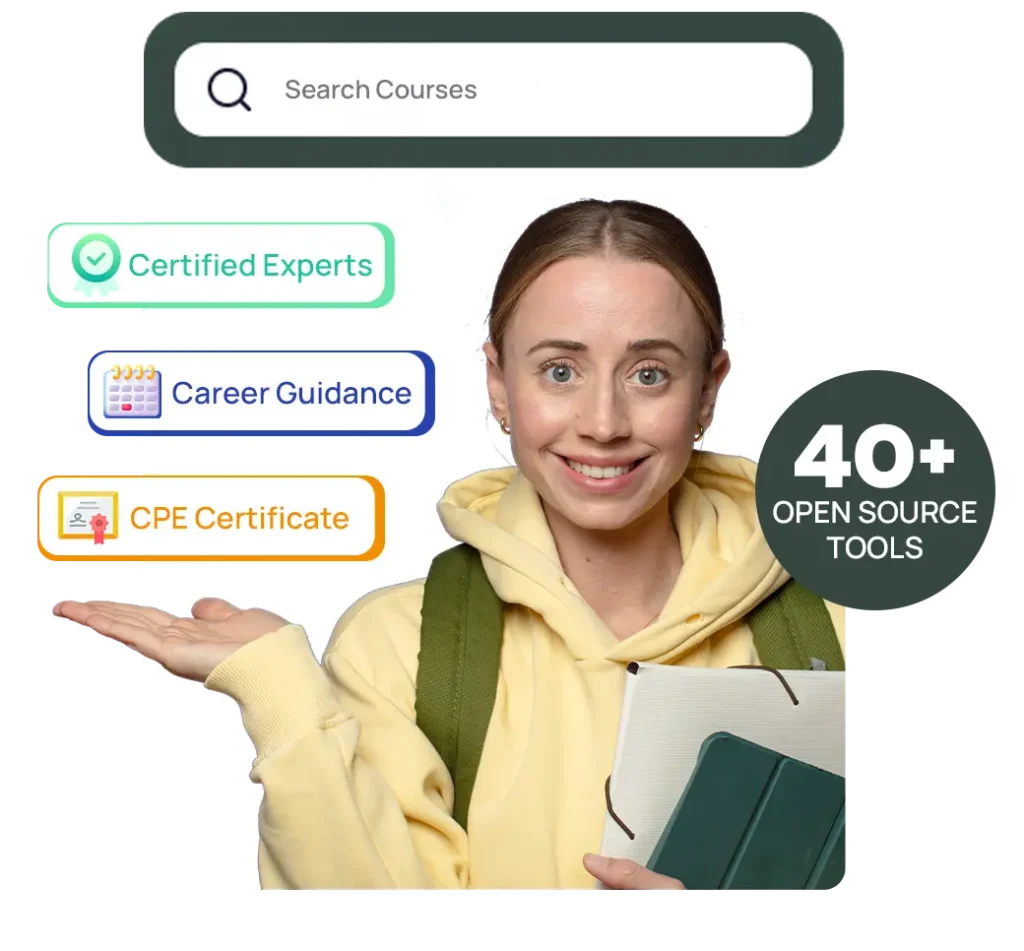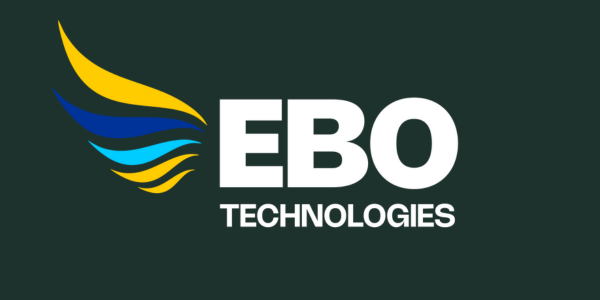The AWS Certified SysOps Administrator – Associate certification aims at helping the professional to learn administering applications on AWS from an operations point of view. Along with some deployment topics, AWSSysOps Associate certification deals more with decisions that must be made in our environments based on information which is received from monitoring, auditing, and any performance feedback that has been gathered.

Course Highlights
- 32+ hrs of instructor-led training
- Certified Trainer
- Blended learning delivery model
- Training Certificate
AWS Certified SysOps Administrator
-
About Course
-
Why AWS Certified SysOps Administrator – Associate?
-
Target Audience
-
Pre-requisites
-
Course Content
-
Exam Details
The AWS SysOps Associate Trainingfocuses on enhancing your expertise in deploying, managing and operating highly scalable systems on AWS cloud platform. This course has been designed to provide you with the necessary knowledge to get through the AWS SysOps Administrator certification exam in the first attempt.AWSSysOps Associate Course will also help you to gain the hands-on experience compulsory to become a qualified AWS Systems Operator working for an organisation. The skillset you will learn during this course are:
- To migrate on-premise applications to AWS,
- Ensur data integrity and data security on AWS technology
- Controlling the flow of data from one AWS application to another,
- Mastering the AWS management console, implement operational cost controls
AWS SysOps Associate certification is an assurance for advancement of career in the field of Cloud services. AS per Global Knowledge’s IT Skills and Salary Report, this certification was found to be the second highest-paying certification among all AWS and non-AWS certifications. It also helps the professional to move further for the DevOps Engineer certification.
If you are looking forward to a brighter career in Cloud services and you have minimum one year experience in managing or deploying applications in the cloud as systems administrator, the AWS SysOps Associate certification training program is suitable for you.
Following prerequisites must be fulfilled to apply for the AWS SysOps Administrator Associate certification:
- AWS Technical Essentials course or equivalent hands-on professional experience in operating AWS-based applications
- must have worked on provisioning, operating and maintaining systems running on AWS
- must be able to offer AWS operations and deployment guidance and best practices throughout the lifecycle of a project
Introduction to Cloud Computing
- Introduction to Cloud Computing
- Benefits of Cloud Computing
- Cloud Service Models
- Cloud Deployment Models
- Scaling & Types
- Cloud Computing Issues
- Security
- Costing Model
- SLA, Legal and compliance
- Cloud Interoperability Issue
- Migration
Virtualization Concepts
- Virtualization and cloud computing
- Types of virtualization
- Virtualization terminologies
- Hypervisor, types & features
Amazon Web Services (AWS)
- Introduction to AWS Cloud Computing
- Benefits of choosing AWS
- Other cloud platforms comparison
- Global infrastructure, Regions & Availability Zones
- Signing up for AWS
- AWS Free usage tier& support plans
- Management Console walkthrough
EC2 Instances
- Introduction to creating scalable instances using AWS EC2
- Instances & Types
- Pricing models
- Instance purchasing options
- Amazon Machine Images (AMI)
- Instance store & EBS Volumes
- Managing Volumes, adding additional volumes, modifying the root volume
- Troubleshooting issues with volumes, snapshots and AMIs
- Launching your first AWS Windows Server & Linux Instances
- Setting up security
- Firewall & Security Groups
- Choosing & Creating custom AMIs
- Snapshots & Recovery, snapshot scheduling
- Managing updates
- Usage reports & limits
- Creating a new AMI
- Deploying a new instance from the custom AMI
- Elastic IP, BYOIP
- Hibernating instances
- Key Pairs
- Load balancing, Application & network load balancing
- Creating an ALB web server
- Auto Scaling
- Troubleshooting Issues
AWS Command Line Interface (CLI)
- Introduction to AWS CLI
- Installation
- Connecting to your AWS account via CLI
- Other functionalities with CLI
Light Sail
- Difference between EC2 & Lightsail
- Advantages & Functionalities
- Available options on instances and AMIs
- Creating a instance & connecting to it
- Snapshots
- DNS records
- Elastic IPs
- Troubleshooting
Elastic Beanstalk
- Fundamentals
- Comparison with EC2, Lightsail & Elastic Beanstalk
- Hosting a sample application in EB
- Common issues & troubleshooting
Overview of Other Compute Services
- ECS (Elastic Container Service)
- EKS (Amazon Elastic Container Service for Kubernetes)
- Lambda
Storage
- Introduction to storage
- AWS Storage Tiers
- Use cases
Simple Storage Service (AWS S3)
- Buckets & Objects
- Encryption, Logging
- S3 durability and redundancy
- S3 Uploading Downloading
- S3 Permissions
- Hosting a static website in AWS S3
- Access Control Lists & Bucket Policies
- S3 Object Versioning
- S3 Lifecycle Policies
- Cross Region Replication
- EC2-S3 Integration
- Reduced Redundancy Storage, S3-IA
- S3 storage class analysis
S3 Glacier storage
- Introduction
- Putting & retrieving objects
- S3 Glacier Deep Archive
Instance Store & Elastic Block Storage (EBS) Volumes
- Difference & features
- Use cases & capacity limits
- Creating & Managing EBS volumes
- Delete EBS Volumes
- Attach, detach & extend EBS volumes
- Mounting and unmounting EBS volume
- Termination protection
- Troubleshooting & recovery
Elastic File System (EFS)
- Concepts of Network File System (NFS)
- Creating an EFS storage
- Difference between EFS and other storage options
- Mounting EFS
- Troubleshooting issues regarding permissions
Overview of Other Storage Services
- AWS FSx
- AWS Storage Gateway
AWS Database Services
Relational Database Service (RDS)
- Selecting the Database type
- Configuring & creating the database
- DB Security groups
- Snapshots
- Recovering a db instance from snapshot
- Configuring backups
- Connecting to the database
Dynamo DB
- Creating a dynamo db
- Advantages of using DynamoDB
- Configuring alarms
- Connecting to Dynamo DB
Other DB Services Overview
- Elasticache
- Neptune
- Redshift
Migration & Transfer
- AWS Server Migration Service
- AWS Database Migration Service
- Best Practices&Challenges
Identity access management (IAM)
- IAM introduction
- Importance of IAM
- Creating & managing Users and Groups
- Access Key & Secret Key
- Creating custom policies
- Applying policies
- Password Policy
- Sample Policies
- Roles
Other Security, Identity & Compliance Services
- AWS Resource Access Manager (RAM)
- AWS Secrets Manager
- AWS Guard Duty
- AWS Inspector
- AWS Certificate Manager
- AWS Directory Service
- Web Application Firewall (WAF) & Shield
AWS Organizations
- Importance of creating and managing multiple accounts in a corporate scenario
- Creating an organization
- Adding OUs
- Billing & management
Cloud Formation
- Introduction to Infrastructure as a Code
- CF stacks & templates
- Creating an S3 buckets etc.
- Saving, managing & importing templates
- Updating & Versioning
Cloud Watch
- Cloud watch dashboard
- Configuring Monitoring services
- Setting thresholds
- Configuring actions
- Creating a cloud watch alarm
- Getting statistics for ec2 instances
- Monitoring other AWS services
- Configuring Notifications
- Integrating cloud watch with Auto scaling
Autoscaling & Load Balancing
- Introduction to Load Balancing
- Types& scenarios
- Launch configuration
- Configuring a Load balanced web server
- Introduction to Autoscaling
- Configuring auto scaling with EC2
- Rules & Alarms
- Troubleshooting
CloudTrail
- Introduction to Logging
- Creating a trail
- Event History
Other Management & Governance Services
- AWS Systems Manager
- AWS Trusted Advisor
- AWS License Manager
- AWS Personal Health Dashboard
Cloud Front
- Use of cloud front
- Creating a cloud front distribution
- Hosting a website of cloud front distribution
- Invalidations
- Configuring origins and behaviors
AWS Route53
- DNS Concepts and Working
- Domain registration
- Configuring record set
- Configuring DNS with web servers & CDN
- Routing Tables
- Troubleshooting
AWS Virtual Private Cloud (VPC)
- What is VPC?
- VPC configuration
- Public & Private subnets
- Internet gateway & NAT gateway
- VPC security
- Elastic IP’s
- Inbound and outbound ACL’s
- Designing a VPC
- Gateways
- Routing Tables
- VPC Peering
- Best Practices
Application Integration Services
Simple Notification Service (SNS)
- What is SNS
- Creating a topic
- Create subscription
SQS
SWF
End User Computing
- WorkDocs
- WorkMail
- Workspaces
Other application services including kinesis, Cognito etc.
Billing & Cost Management
Designing highly available, cost-efficient, fault-tolerant, scalable Infrastructure
Best Security practices & DR
To achieve the highly valued credentials of AWS Certified SysOps Administrator – Associate , you need to pass the following exam:
| Certification Name | AWS Certified Solutions Architect- Professional |
| Exam Pattern | Multiple Choice Questions |
| Number of Questions | 55-60 |
| Test Duration | 130 minutes |
| Exam fees | $150 for first certification, $75 for recertification |
| Recertification requirements | Because of the ever changing nature of AWS, recertification is required every two years. |

Still Confused About Course?
Talk to Our Experts!
